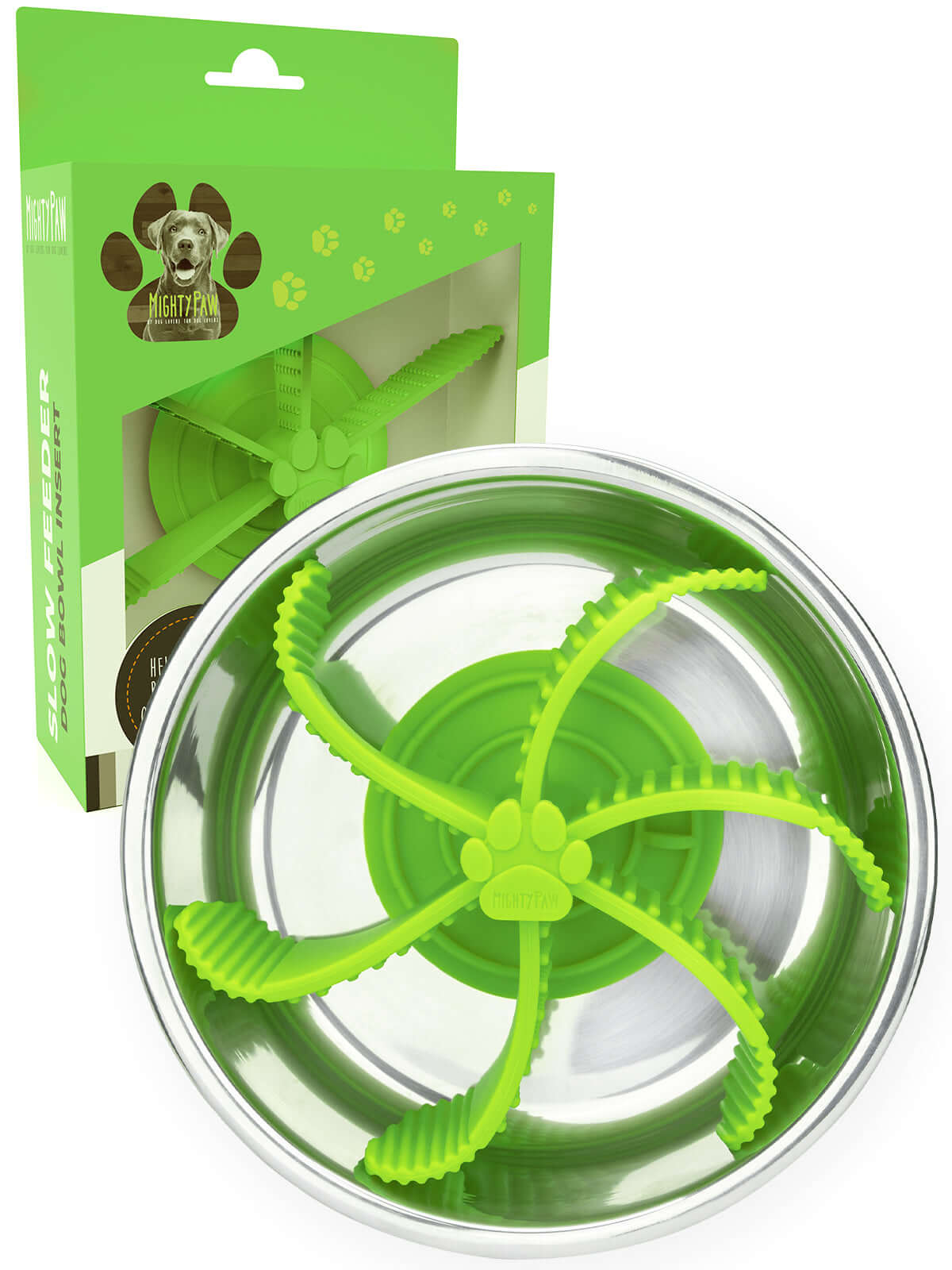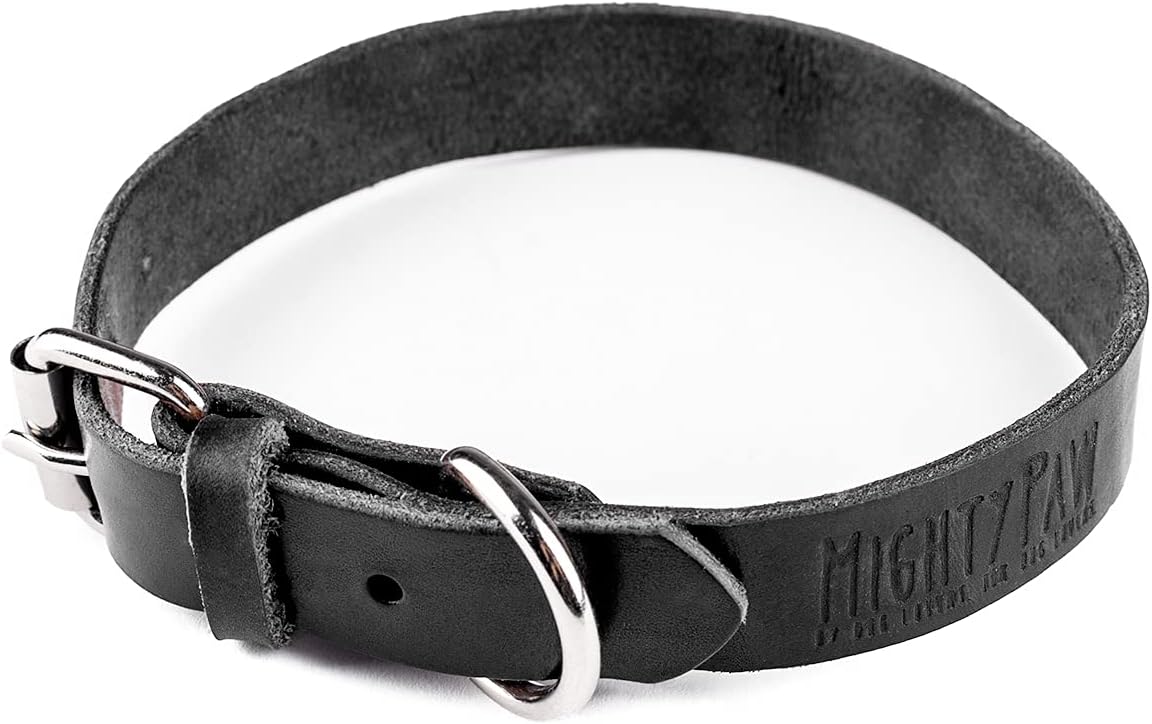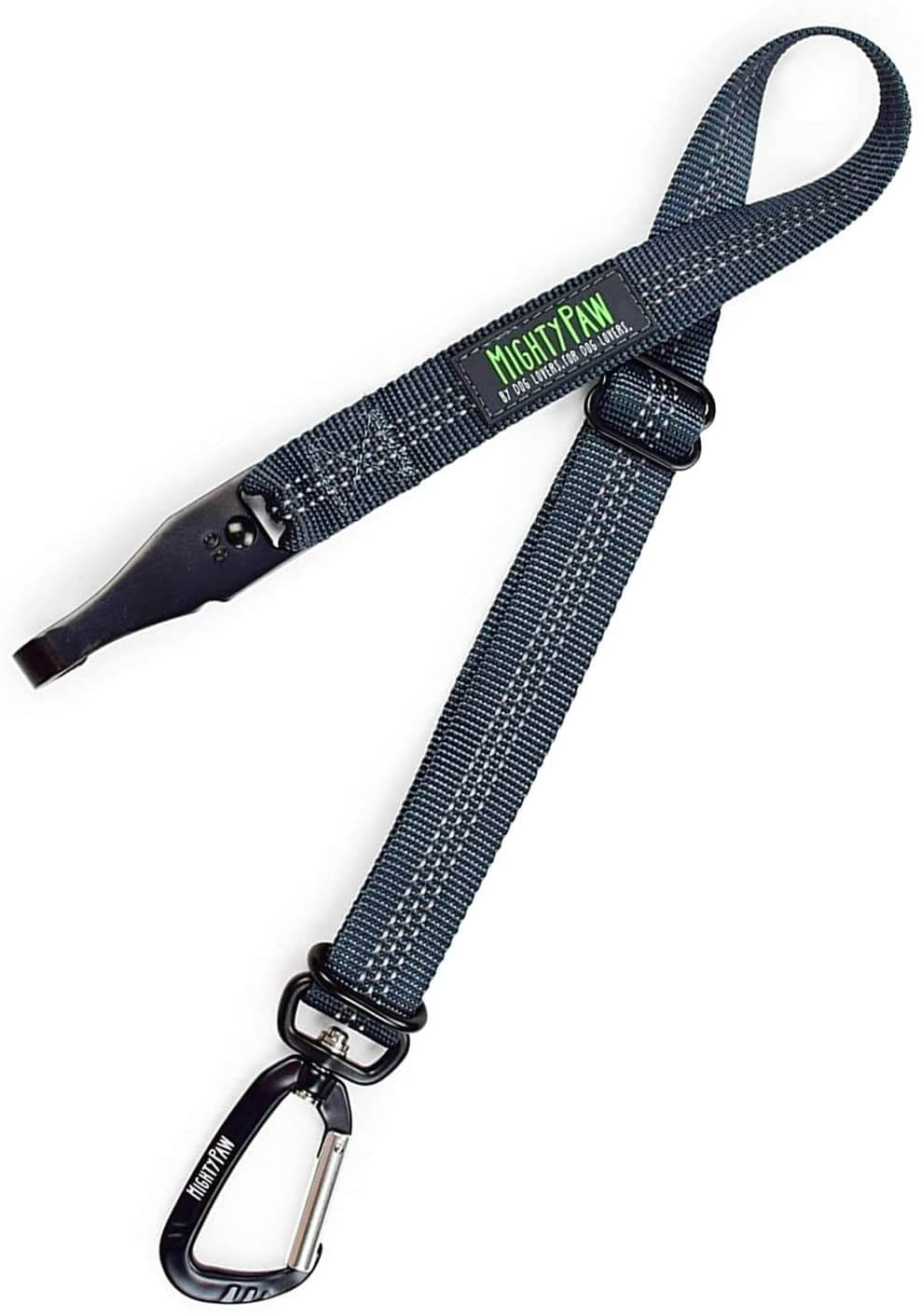How To Train Your Dog To Behave In Public

Is your fondest wish having your dog by your side everywhere -- including hanging out together at your favorite bar, coffee shop, brewery, or cafe? It's a good bet your dog would love to be at your side every minute of every day too. But maybe yes or maybe not so much if that means busy, public spots.
We know from our own Mighty Paw pups that some dogs couldn't be happier than when they're out and about with their people in the middle of social activities... meanwhile, some dogs' feelings in public can range anywhere from less than comfortable to painfully fearful.
How can you make going out in public good for both you and your dog?
Taking your dog to public places successfully means making sure the experience is genuinely enjoyable for everyone: from your dog (first and foremost) to all the other people and dogs sharing your space, and, of course, you.
Teaching your dog to remain calm and well-mannered in public is more than courteous; it's also important in fostering a harmonious relationship between your dog and you. You want your dog to know you've always got his/her back, so your dog learns to trust you and your shared skills as you navigate adventures together.
Let's jump into steps you can take to prepare your pup to have positive interactions in public spaces. Because let's face it, the point of it all is having good, happy memorable times together!
Understanding your dog's behavior
Is your dog a high-energy dog? A sometimes nervous or fearful dog? Occasionally that happily crazy dog who could use a little impulse control? Or maybe that laid-back pup who is usually content anywhere, anytime? Whatever describes your dog, a key question you want to ask yourself: does my dog want to be a cafe, bar, or patio dog?
The first step is knowing your individual dog and understanding your dog's personality -- and behaviors that spring from it.
Do you know how to read your dog's behavior?
Knowing how to read your pup and what's behind your dog's behavior in public settings is crucial to knowing how you can support your dog.
Dogs can have all kinds of big feelings in human-centric social settings: stress, anxiety, fearfulness, and overstimulation due to loud noises, large crowds, new people and other dogs, or simply unfamiliar and unpredictable environments. Recognizing your dog's emotional reactions makes the public training process easier and more effective in building your dog's confidence to enjoy your outings together.
Signs of stress to watch for in your dog...
Sometimes a dog jumps or pulls out of sheer excitement, but often reactions from our dogs like lunging and barking are based in fear. Before they bark or growl or show other obvious signs of fear and stress, our dogs tell us what they're feeling in more subtle ways:
- a straight-up, rigid tail - even if wagging (a wagging tail can sometimes be nervous energy)
- freezing or cowering/retreating under something
- averting gaze - trying to be invisible, not be threatening
- whale eye - a round wide-eye with whites showing (looking alarmed/looking away but still keeping an eye on perceived threat)
- fidgeting around - inability to settle, moving around sometimes with repetitive or compulsive behaviors
- panting, yawning
Dogs are talking to us constantly. Knowing what your dog is saying goes a long way toward helping prep for smooth public outings as well as anticipating what to do in the moment if things get stressful.

Setting the stage for success in public with your dog
When it comes to public spaces, a well-behaved dog is a comfortable dog. Both socialization and positive dog training are key to helping you make sure your dog is comfortable. Before venturing out, it's essential to lay a solid foundation of both in easy, safe-for-learning settings.
Socializing your dog
Ideally, socialization begins during a dog's early life, but socializing any-age dog is also effective, done gradually with patience and low-key exposure. Socializing dogs involves exposing them to new people, other dogs, environments, and experiences (in non-overwhelming situations). A well-socialized dog is more relaxed in public and less likely to exhibit fear-based reactivity or destructive behavior.
If you're working on socialization or just doing a refresher before going public, start small, in a less distracting public place. Increase exposure with success gradually, be generous with treat rewards, and always have an escape route. Dogs like to know they have a "flight" option if they feel threatened.
Keep an eye on your dog's body language as your guide to whether your dog is ready for a break or happy for more.
Positive training sessions for public behavior
Training your dog for good behavior in public doesn't have to be daunting. Rather than practice basic "obedience" teaching, think positive reinforcement techniques to reward your dog for the behaviors you want to see.
Positive reinforcement uses treats, toys, and verbal praise as rewards for good behaviors and builds a strong communications bond between you and your dog. You're creating a working partnership with your dog with positive reinforcement and it's more fun for both of you than basic "obedience" training!
For calm behavior in public, you'll want to be sure you and your dog have calming or staying cues as well as an attention cue in your repertoire: sit, stay, lie down, go to mat, and a word of your choice like "look" for attention.
Your dog will learn to associate only good things with these simple cues. "Look" is especially useful with fearful dogs when a trigger appears and you want your dog to look at you, get treated, and know all is well or create space.
Consistency is key when you're training your dog for public places. Practice basic cues in a variety of lower-key environments first to reinforce your dog's understanding and keep your dog's focus on you despite distractions.
Desensitizing your dog to crowds and noises
Some dogs who are otherwise calm are thrown by loud noises or other strange happenings overloading their sense of security. If that sounds like your dog, try gradually exposing your dog to different public environments.
Start with quieter areas, and as your dog becomes more comfortable, increase the complexity of the surroundings. Use your same principles of positive reinforcement -- high-value treats! -- for gradual desensitization to reduce your dog's sensitivity to loud noises or sudden movements.

Tools that help your dog and you in distracting environments
A few good things can make your public life and training together a lot easier. Here are three things you won't want to leave home without to help your dog have good behavior when in public:
1) High-value and calming treats.
Make sure your training and on-site treats are high-value to your dog: nutritious, whole food treats your dog loves. For beforehand, on-site, and on the road, Mighty Calm Chews help take the edge off so your dog can stay calm around new sights and people.
2) A secure body harness.
For any walking or outing, you'll want a durable, well-fitting harness like our Sport Harness 2.0 that combines safety and your dog's comfort when you're on the go anywhere.
3) A dependable, regular-length leash.
You'll want a durable leash you can control easily in a regular 6-foot length to be sure your dog doesn't wander into someone else's space. Check out our Dual Handle Dog Leash with two padded handles or our Classic Leather Leash (also with a padded handle) for leashes you can count on.

Etiquette tips for good behavior at dog-friendly places
Once your dog has mastered the behavior basics, it's time to introduce your pup to specific environments. Every public area has its set of rules and customs when it comes to accommodating dogs and welcoming them back as repeat customers.
Tips to bringing your dog to restaurants, bars, breweries
- Even if you've heard a bar or restaurant is dog-friendly, call ahead to ensure dogs are allowed.
- Choose quieter times to visit, and always keep your dog on a leash or in a carrier.
- If possible, scope out good table locations beforehand or when you arrive that have some space around them, an easy exit, and aren't in the line of lots of traffic (especially important for high-energy dogs).
- Remember table manners extend to your dog; make sure your pup stays off chairs and doesn't become a beggar or food-stealer or practice other unacceptable behavior.
Tips to travel with your dog
- Whether you're taking some form of public transit or traveling in a car, familiarize your dog with the mode of travel beforehand if at all possible. Traveling is a good time to remember that calming chews can help ease any anxiety your dog may have.
- Use a carrier or a seatbelt to keep your pup safe and secure.
- And of course, it goes without saying to always clean up after your pup to respect the shared environment.
Training your dog for public behavior is a win all around.

It not only allows you to include your best bud in more aspects of your life, but also strengthens your bond and adds to your dog’s mental well-being. The sights, smells, and sounds of living a more public life happily by your side can be exponentially enriching for your dog.
The patience and effort invested in training translates to countless positive experiences and everyday joys for both you and your dog.
Here's to a lifetime of happy outings with your very good dog!
At Mighty Paw, we believe in keeping all dogs at their healthiest physically and emotionally -- to make the most of every adventure large and small with you. That's why we're dedicated to finding ways to make more experiences easier to share with your dog and raise the quality and accessibility of things that help you bring more wellness and fun to your dog's life.
We're committed to providing high-quality products that are safe, durable, and practical for everything you need to keep your pup healthy, happy, and enjoying every moment by your side.















































































